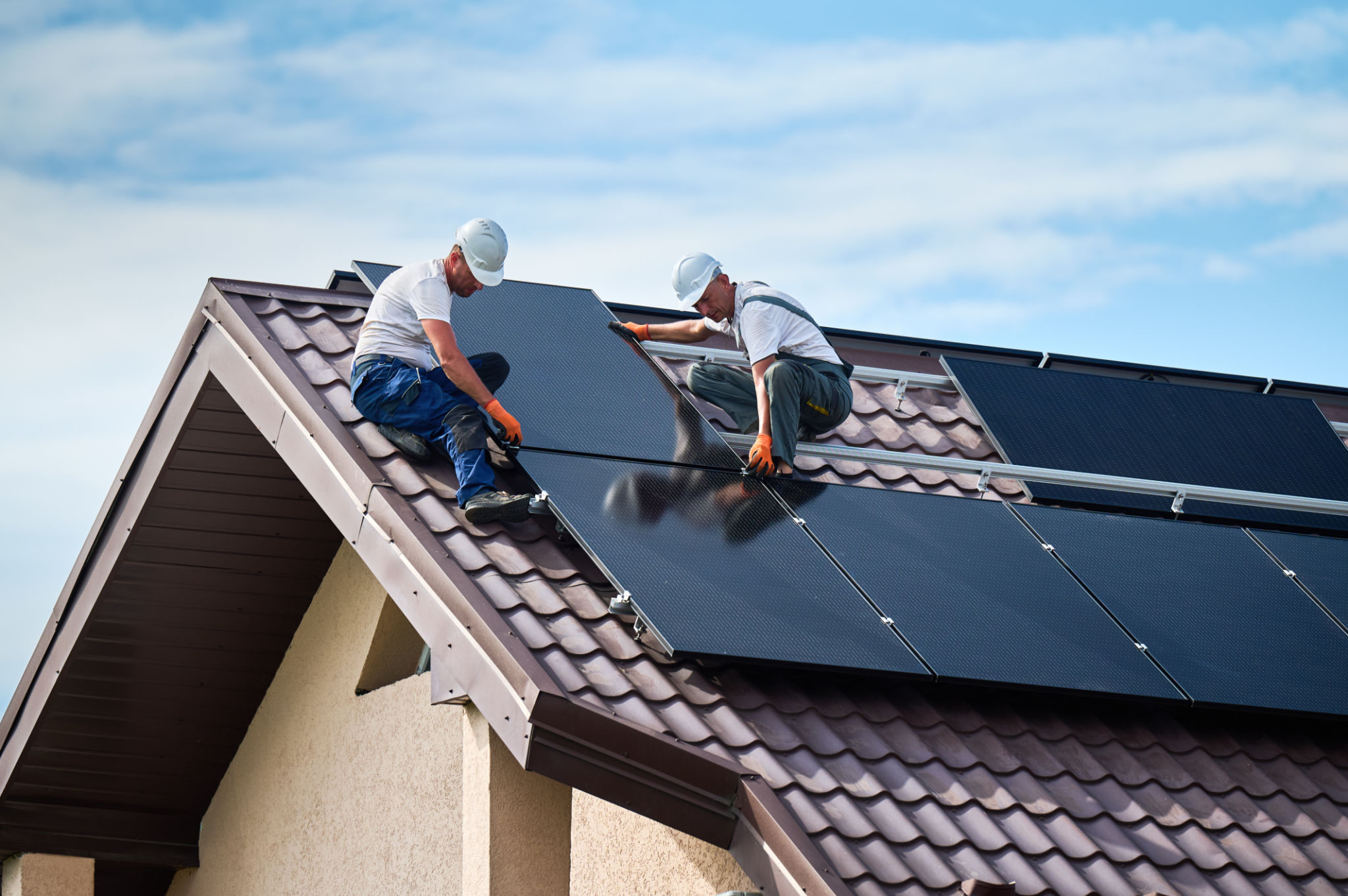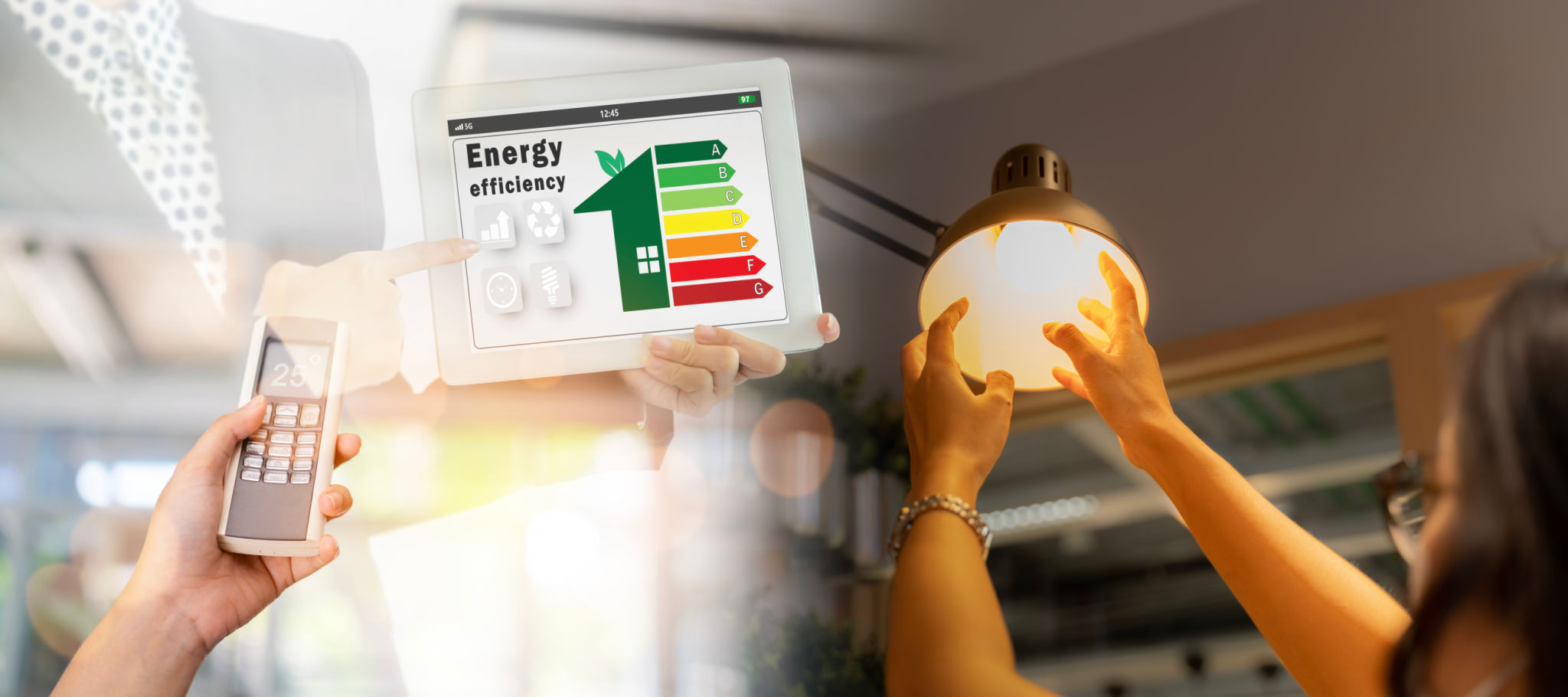DIY Tips for Installing Renewable Energy Systems Safely
Ki
Understanding the Basics of Renewable Energy Systems
The surge in interest towards renewable energy is driven by both environmental concerns and the desire for energy independence. If you're considering installing a renewable energy system at home, it's crucial to understand the basics before diving into the project. Whether you're planning on solar panels, wind turbines, or another system, knowing the components and how they work is essential.
Solar panels, for example, convert sunlight into electricity using photovoltaic cells. Wind turbines generate power by harnessing wind energy. Each system has its unique components and installation requirements. Doing thorough research and understanding these basics can help in making informed decisions about which system is best suited for your needs.

Assessing Your Home’s Energy Needs
Before installation, it's important to assess your home’s energy needs. Conducting an energy audit can provide insights into your current energy consumption and help identify areas for improvement. This assessment will guide you in choosing a system that meets your specific needs without overspending on unnecessary capacity.
Consider factors like your geographic location, the amount of sunlight or wind your property receives, and your current energy bills. These factors will influence the type and size of the system you need. It's also wise to consult with a professional to ensure you’re on the right track.

Safety Precautions for DIY Installation
Installing a renewable energy system yourself can be a rewarding project, but safety should always be your top priority. Begin by wearing appropriate personal protective equipment such as gloves and safety glasses. Ensure all electrical components are properly insulated to avoid potential hazards.
When working at heights, such as rooftops for solar panel installation, use secure ladders and harnesses to prevent falls. Be aware of weather conditions and avoid installation during inclement weather to reduce risks. Taking these precautions will help ensure a safe and successful installation process.
Handling Electrical Components
Working with electrical components requires special attention. Always turn off power at the main breaker before beginning any work and double-check with a voltage tester to confirm there's no live current where you’ll be working. This step is crucial to prevent electrical shocks or fires.
If you're unsure about any electrical work, it's best to consult or hire a licensed electrician. They can verify that your system is wired correctly and safely integrated into your home’s existing electrical infrastructure.

Choosing the Right Tools and Materials
Having the right tools and materials is key to a successful DIY renewable energy installation. A basic toolkit should include wrenches, screwdrivers, pliers, a multimeter for checking voltages, and possibly a soldering iron for electrical connections. Additionally, ensure you have the appropriate mounting hardware and wiring suitable for your specific system.
Quality materials not only ensure the longevity and efficiency of your system but also play a significant role in safety. Invest in high-quality solar panels or wind turbine components from reputable manufacturers to avoid future issues.
Testing and Maintenance
Once your system is installed, testing is essential to confirm everything is working as expected. Use monitoring equipment to track energy generation and consumption. This data will help you understand your system’s performance and make any necessary adjustments.
Regular maintenance is also critical for optimal performance. Clean solar panels periodically to remove dirt and debris that can reduce efficiency. For wind turbines, inspect blades and mechanisms regularly for wear and tear. Consistent upkeep will extend the life of your renewable energy system.

Conclusion
Installing a renewable energy system by yourself can be an enriching experience that not only reduces your carbon footprint but also cuts down on energy costs over time. By understanding the basics, assessing your needs, prioritizing safety, choosing the right tools, and maintaining your system, you can ensure a successful project that benefits both you and the environment.
Remember that professional guidance is invaluable at any stage of this process, from planning to installation and maintenance. Embrace the journey towards sustainable living with confidence!